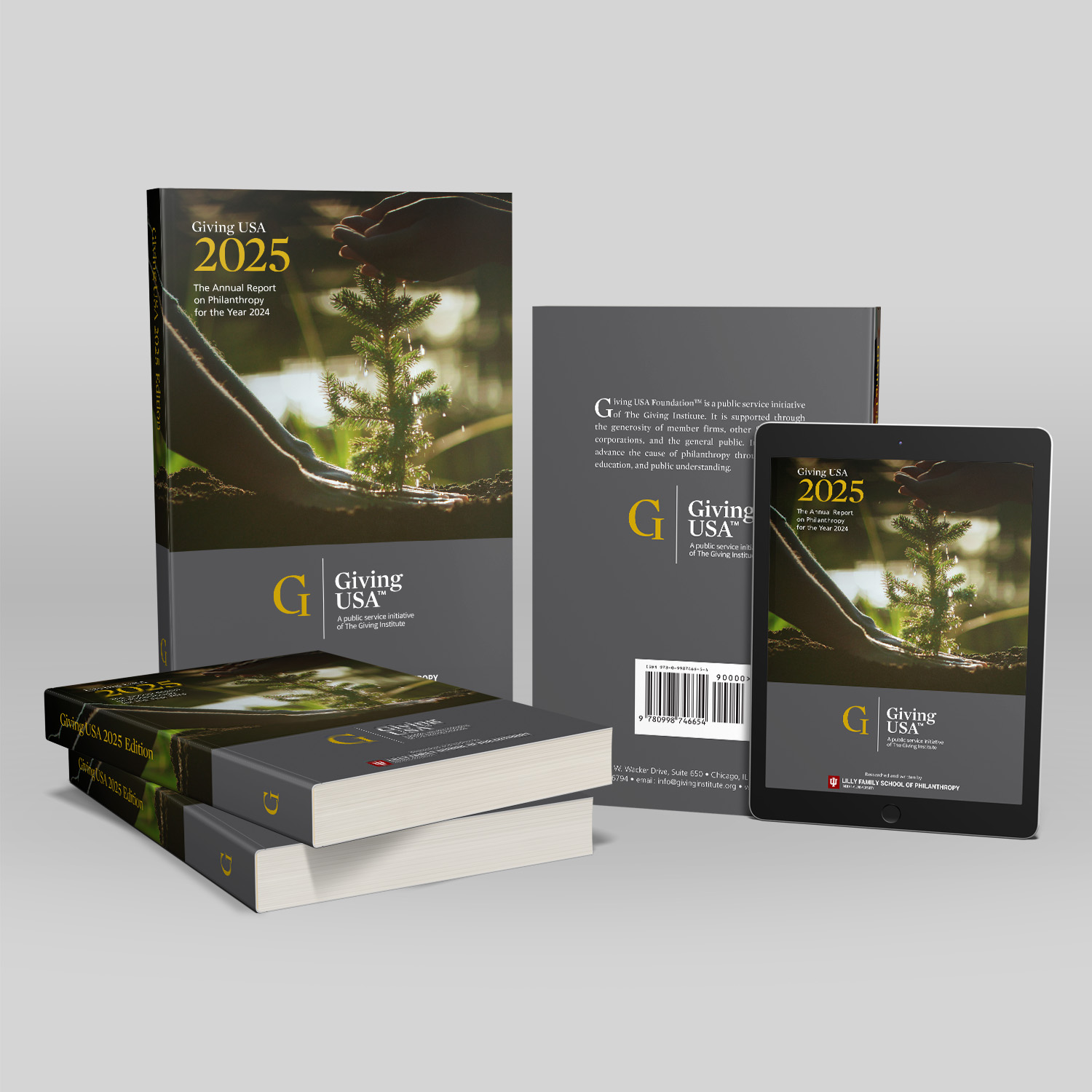
Chad Paris, Principal and CEO of Parisleaf
“Is the Case for Support dead?”
I get this question often; mostly, from fundraising peers who have been in the game for decades.
My opinion?
Nope.
The Case isn’t dead. The Case is alive and well – just wishful thinking. And hey, I get it. The other day, I had a Case shared with me that said “V17” in the filename. 17 Versions! It took 17 versions to get everyone to agree and approve this %&^**% and it wasn’t even that good. I’m convinced the Campaign Committee and all of the major players finally just gave the green light more out of submission and annoyance.
Months later, they came to us because it wasn’t working. Go figure.
This is why I think my peers want the Case to die.
But it’s not the Case that needs to die, it’s how we approach creating a Case. The process of creating a Case needs new life.
I’ll skip the part about explaining what a Case is, and stick to the how and why. You can read what a Case is anywhere – just Google it. Here are a few quick stats on why, and then we’ll cover the how.
Why
The importance of a Case Statement for fundraising campaigns is supported by a wealth of research. Here are four pieces of reputable research that demonstrate the importance of having a Case Statement in your fundraising efforts:
A study published in the Nonprofit Management and Leadership Journal found that a well-designed Case Statement can increase the effectiveness of fundraising efforts by up to 30 percent.
Another study – Journal of Philanthropy – found that organizations that have a clear and well-articulated Case Statement are more successful in securing major gifts from individual donors.
A third piece of research conducted by the Journal of Nonprofit and Public Sector Marketing found that organizations with a well-crafted Case Statement received an average of 20% more financial contributions and support compared to organizations without a Case Statement.
And lastly, in a report by the Association of Fundraising Professionals, “A well-crafted Case Statement can increase donor engagement by up to 50%.”
So, whether it’s 20%, 30%, or 50%, there’s no doubt that a well-crafted, well-articulated, and well-designed Case Statement can make an impact. A big one.
How
The metaphor I’ve been using lately is cooking shows – because they always make it look so easy! That’s because of the hours of preparation that go into getting ready for the big stage.
Similarly, our job as consultants is to get everyone to agree on the ingredients rather than the preparation or the assembly. The assembly should happen with a much smaller group of key stakeholders.
The way our particular shop goes about this is pretty simple, too:
- Discover
- Write
- Design
- Build.
Discover:
Similar to a feasibility study, but speaking to a more broad audience. Feasibility’s purpose is to figure out capacity and motivation; whereas, Discovery is solely about identifying motivation. When you fan out, you get a chance to understand why other key stakeholders like Board Members, Campaign Committee Members, Fundraisers, and other Key Organizational Leadership would support this campaign. Taking this approach is also a great way to start whipping votes. Ahem…. I mean, to make people feel heard.
Write:
Now that we’ve immersed ourselves into the campaign via Discovery, we can speak as an expert and an advocate.
Here’s the kicker; we have to get all of the key decision-makers around the same table and facilitate a workshop that enables them to duke it out. The ultimate outcome is to get them to answer what our firm calls, “The 10 Questions Every Campaign Brand Must Answer”. This will serve as the preliminary messaging platform and will ultimately be the scaffolding for the content and copy behind the Case.
Now, it’s off to Santa’s workshop to refine and polish (you didn’t think we were going to accept that, part and parcel, did you?).

Design:
Now that you have the messaging (Write) and the research (Discovery) to back it up, we rinse and repeat.
Do the exact same thing with visuals. Workshop what they like and don’t like. Look at other campaign communication platforms. Imagery, colors, typography, the gambit. All of the items that people suddenly have an opinion on as soon as you’ve delivered the Case in the past.
Lights, camera…
AND NOW, it’s time to assemble the Case. But with a much much much smaller group of stakeholders.
If you followed all of the other steps correctly, you’ll know because the response when delivering the Case to the larger group will be “Of course”, as opposed to “Ta Daaaa!”
-Scene-


